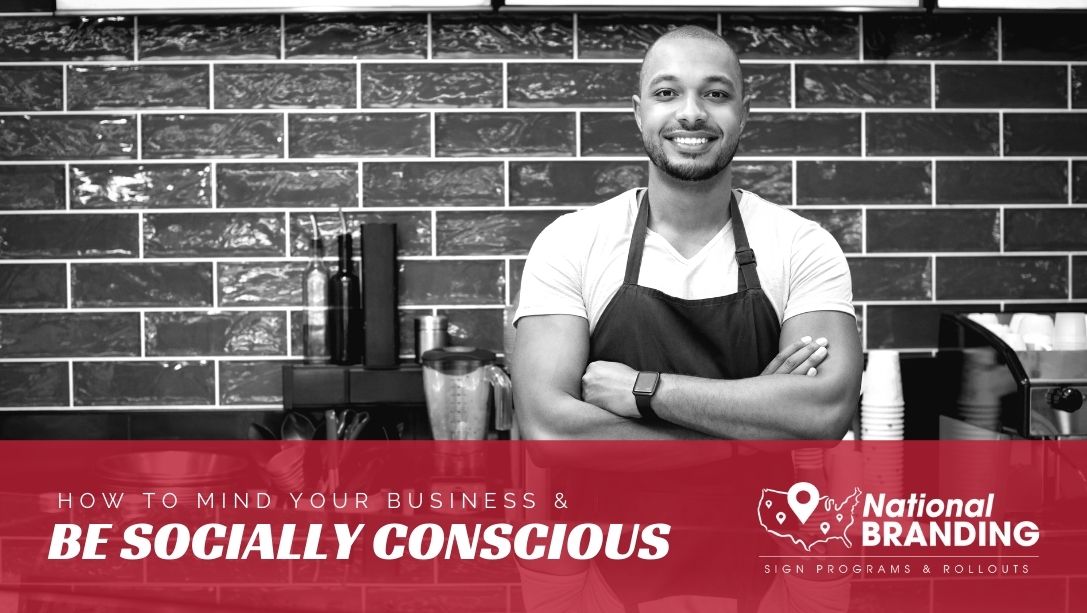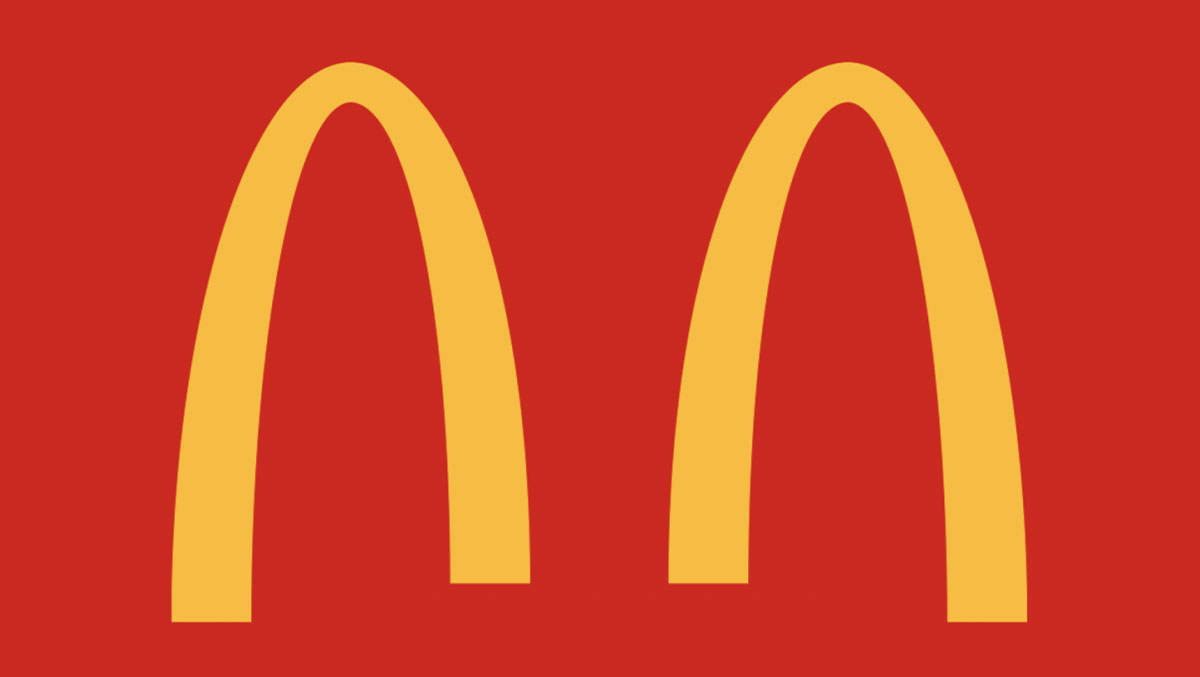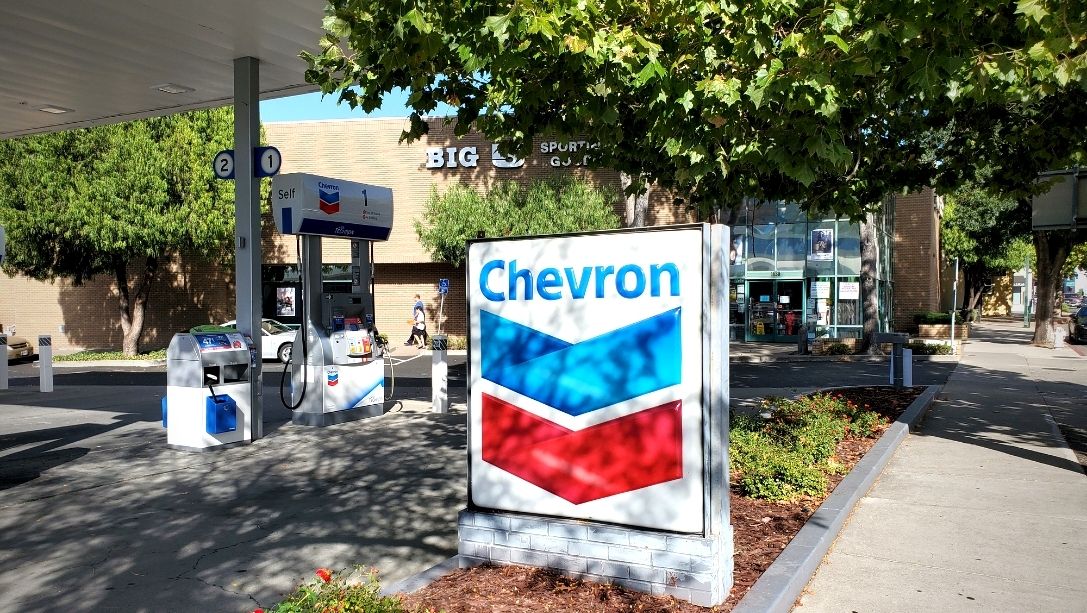
The dos — and a don’t — of having your brand show support for current events and social values.
From the beginning of the pandemic, people enthusiastically supported front-line and essential workers (please keep that going!). Encouraging signs were placed in lawns. Small businesses pitched in to assist with health and safety efforts. Neighbors gave an extra wave of support when seeing workers head to their cars.
Coraderie and community were — and still are — a guiding light during a difficult time.
Corporations wanted to visibly show support during this socially distanced time too.
Audi untangled their rings. Coca-Cola increased the kerning between the letters in their Times Square ad. McDonald’s broke apart their Golden Arches.

And the public reacted: Hard pass. In general, audiences viewed these ads as the equivalent to an empty “thoughts and prayers” remark.
The small-scale goodwill seen across the nation did not translate when scaled up — so what went wrong?
Looking at a few dos and a don’t, here’s why it’s important to make sure brand values, policies and actions publically align with the visual or written statements your brand makes that supports current events or social causes.
DO: Examine practices or policies before showing support.
McDonald’s took a lot of heat for its socially distanced logo redesign because it appeared that the corporation put more care into the new logo than they did for their employees who were getting sick.

Observers pointed out that the global company hadn’t guaranteed paid sick leave to its workers and even lobbied against expanding sick leave measures before the CARES Act was passed into legislation in March 2020.
It’s very possible that the PR team wasn’t aware of this — but, if the public found it, it wasn’t a secret. So the lesson here is: Even when issues have widespread support, do your homework before you go public with a social statement.
The good news is: When companies apologize and put action behind their words, the public does forgive. McDonald’s has owned up to its mea culpa and adjusted its sick leave policy to apply to all employees of franchises, and guaranteed two weeks of paid sick leave if an employee has been in close quarters with someone who tested positive for COVID-19. And the uproar around its socially distanced logo has subsided.
DO: Reflect a long-term commitment or social value into your brand.
There’s a reason companies want to reflect current events or social issues in their message or look: When it resonates with people, you will attract and retain loyal customers.
A Corporate Social Responsibility study found that nearly 90% of people surveyed said they would purchase a product because a company supported an issue they care about. In the same study, more than 60% of Americans hope businesses will drive social and environmental change in the absence of government regulation. And 75% said they would refuse to buy from a company if they learned the company supported an issue contrary to their own beliefs. So CSR is big and it’s a win for all — people, planet, profit — when done right.
Here are some ways companies have done it successfully and different approaches they took:
- Starbucks changed their logo and brand standard color palette. They shifted their primary color from brown to green to draw attention to their Fairtrade position in the market and their environmentally-friendly approach.
- Tommy Hillfiger responded to COVID-19 through the socially conscious “Moving Forward Together” campaign, aiming to help both the fashion and creative industries recover from the impact of the Covid-19 pandemic. The clothing company asked consumers to get involved in the digital co-creation of new clothing using left-over fabrics, feeding into the brand’s commitment to ‘waste nothing and welcome all.’ If someone’s design was chosen, they paid them — this also helped unemployed creatives put experience on their resume.
- Chevrolet helped provide a platform for discussion. Their “Real Talk, Real Change” YouTube series provides an avenue for conversations about social and racial justice through teaming up with Black celebrities, educators and organizations. Outside of a hashtag, the Chevrolet brand isn’t strongly featured — which, in itself, gives credibility to the automobile company’s commitment to diversity, equity and inclusion. Small businesses can do this too: Eastern Market Brewing Co. did a Friday Eve chat and hosted discussions about the economics around craft beer and the lack of representation in the craft brew industry.
There are different ways your brand can be socially conscious and reflect its commitment — the key is to find the way that’s right for your business on how to best express it. National Branding’s brand experts can help you explore how to best showcase your support.
DO: Make sure the public-facing message, look and action match.

Customers and clients support businesses that they believe it — to believe in a brand, it needs to be authentic and trustworthy.
From a brand design and corporate social responsibility (CSR) perspective, Chevron is doing things right. Although the oil company isn’t beloved by the public like CSR favorites Ben and Jerry’s, it does have a positive public image even while in a challenged industry.
Even after the U.S. government made the decision to break from the Paris Agreement, a majority of Chevron shareholders voted to align its lobbying activities with the goal of the Paris agreement, a global campaign to keep average temperature rise to less than two degrees Celsius.
Chevron says it’s core focus is “achieving increasingly higher levels of safety, operational and environmental excellence.” That’s reflected in its shield-shaped red-and-blue chevron-striped brand insignia, which represents protection, stability, and reliability and responsibility in current and new energy solutions.
Individuals may find fault with some of Chevron’s actions as a fossil fuel company, but their overall public perception and bottom line is positive due to aligned branding.
DON’T: Go back on your public support statement immediately after voicing a brand change.
When Black Lives Matter Movement demonstrations took place around nation last summer, the country band Lady Antebellum had a “woke” moment — they felt the word antebellum being associated with the pre-Civil War era and slavery. There was a campaign letting fans know they changed their name to Lady A. No one asked them to change their name; their PR team made it seem like they were being culturally sensitive and relatively proactive.

However, they didn’t do their research before making that announcement and a Black artist had already been performing under the name Lady A and had released six albums over 30-plus years. Instead of following their anti-oppression message, the country superstars sued the independent Black artist.
The band’s public perception took a hit because the band’s actions were not matching up with the message they were trying to send with the name change. Regardless of who trademarked it first, it’s not a good look to change your band name to distance yourself from racial oppression — and then sue a Black woman to take her stage name. All goodwill from the name change gesture is lost and their reputation has experienced damage.
Bottom line: Your brand is your promise. Be authentic.
If you do it right, you will have a winning business strategy that will attract loyal customers and employees who believe in your brand, and your business will help create change that you want to see in the world.
With more than 25 years of experience, National Branding has served hundreds of regional and national brands in every major industry across the United States. National Branding’s expertise includes consultation on how to best portray your brand, sign fabrication and installation of signage. National Branding doesn’t just build signs – they build brands.


